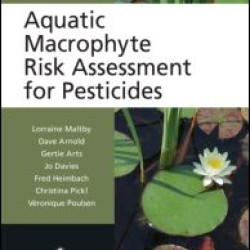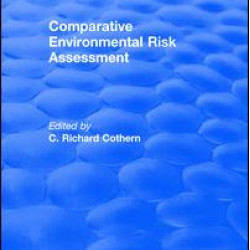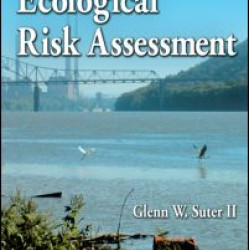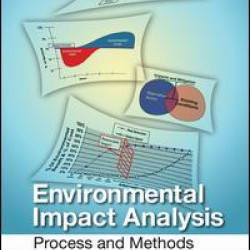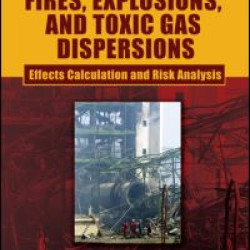Natural Hazards & Risk
Brand: Taylor & Francis
Model: Stock
Making complex principles accessible without compromising the rigor needed to manage risk capably, this textbook presents 10 simple steps and a strategic framework to organize and develop a relevant and practical risk management plan. The text covers strategic, operational, and tactical needs; decis..
₹5,507.26 ₹6,884.08
Brand: Taylor & Francis
Model: Stock
Written by well-known experts in the field of aquatic risk assessment, Aquatic Macrophyte Risk Assessment for Pesticides is a practical reference for the assessment of the risk of pesticides with herbicidal activity to aquatic macrophytes. The book supplies a concise, coherent, and science-based vie..
₹9,180.00 ₹11,475.00
Brand: Taylor & Francis
Model: Stock
Written by a team of authors from all continents, this book summarizes the global and multi-lateral efforts to manage the risks to environment or health of chemicals on the world stage. It highlights the relevant main international instruments, the organizations involved, and their roles and respons..
₹9,547.20 ₹11,934.00
Brand: Taylor & Francis
Model: Stock
What data is needed to complete a quantitative risk assessment for environmental and public health? How accurate does a quantitative risk assessment have to be?..
₹13,219.20 ₹16,523.99
Brand: Taylor & Francis
Model: Stock
The International Mining Forum is a recurring event, hosted by the University of Science and Technology in Krakow, Poland, bringing together an international group of scientists, including those working in rock mechanics and computer engineering as well as mining engineers. A collection of papers on..
₹6,976.06 ₹8,720.08
Brand: Taylor & Francis
Model: Stock
A collection of technical papers assessing the effects of power plant water intake on the aquatic environment. Papers present various stakeholder views on the meaning of "adverse environmental impact" under Section 316(b) of the US Clean Water Act._x005F_x000D_..
₹11,750.40 ₹14,687.99
Brand: Taylor & Francis
Model: Stock
Filled with practical guidance on how to conduct selenium risk assessments in the aquatic environment, this book offers the latest information on assessment techniques, gives the current state of contamination in industrialized countries, and raises awareness for developing nations. Written by leadi..
₹9,914.40 ₹12,393.00
Brand: Taylor & Francis
Model: Stock
The definitive reference on ecological risk assessment, this second edition was completely rewritten to detail advances in science and practice since 1992. Coverage now includes more discussion of the application of ecological risk assessment (ERA) to agents other than chemical contaminants. The aut..
₹7,711.20 ₹9,639.00
Brand: Taylor & Francis
Model: Stock
This book is a compendium of highly purposeful studies all waiting to be conducted. It explains how avoiding common study design flaws, opportunities are created to observe that true risk assessment questions may not exist, that chemically exposed receptors are probably unharmed, and that ecological..
₹6,021.34 ₹7,526.68
Brand: Taylor & Francis
Model: Stock
This book provides a comprehensive description of the environmental analysis and approval process. It describes then methods and tools available to successfully accomplish the analysis and includes a step-by-step description of how to prepare an environmental analysis document that meets technical, ..
₹4,846.30 ₹6,057.88
Brand: Taylor & Francis
Model: Stock
Industries face a labyrinth of environmental and business regulations, and unique issues when dealing with the public and the media. Written in a straightforward, no-nonsense style, Environmental Risk Communication: Principles and Practices for Industry provides concise information illustrated with ..
₹5,213.50 ₹6,516.88
Brand: Taylor & Francis
Model: Stock
This volume examines the methods used to assess the risk of fires, explosions, and toxic gas dispersion and to deduce the subsequent effects and consequences of these events. The authors cover various aspects of such incidents, including the probability that an accident will occur, and they describe..
₹9,914.40 ₹12,393.00



